Tips & Guides
How to Photograph the Moon
Capturing the Moon with a camera is one of the most satisfying – and challenging – projects available to an outdoor photographer. Here are some suggestions for making the most of a moonlit night with your camera.
Learn More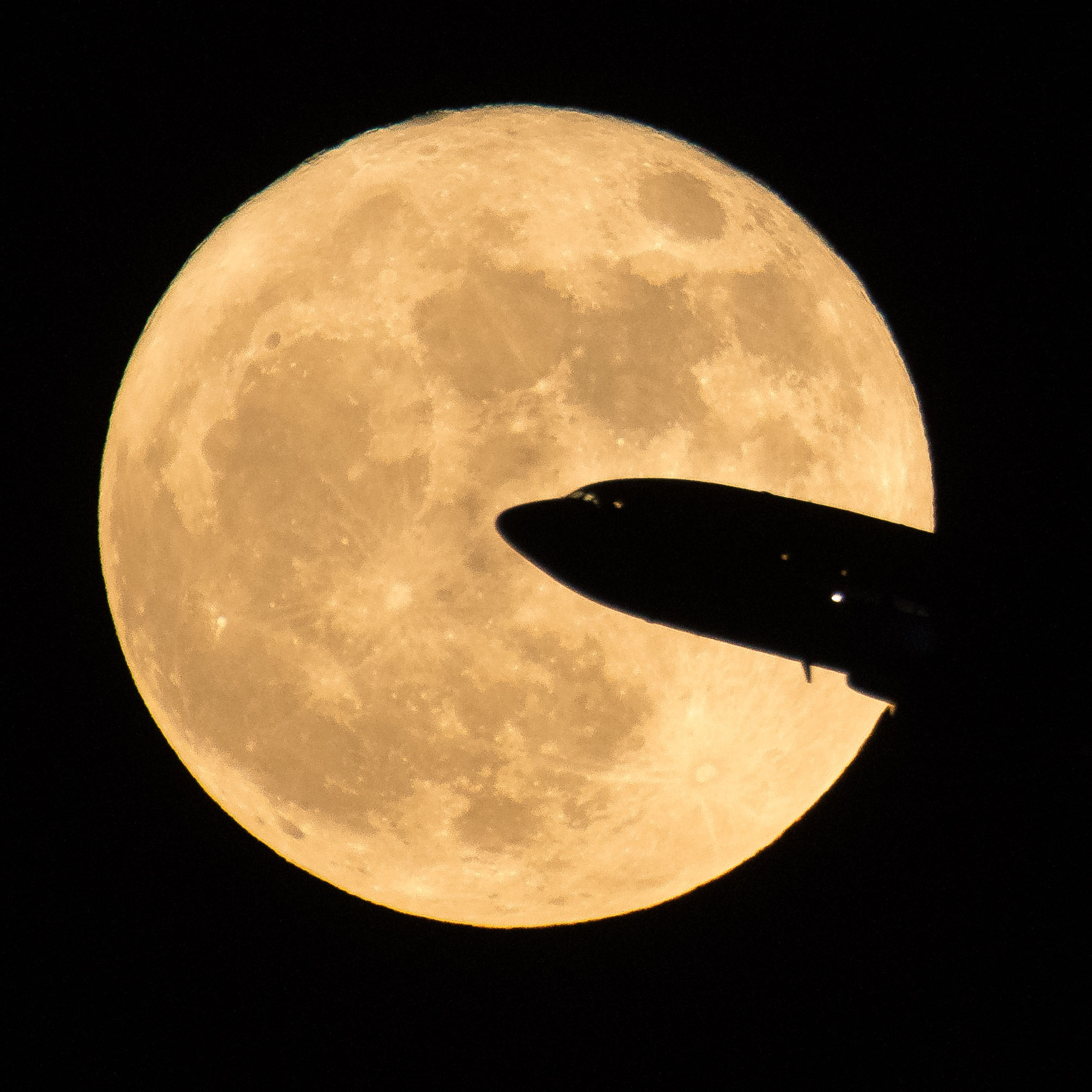
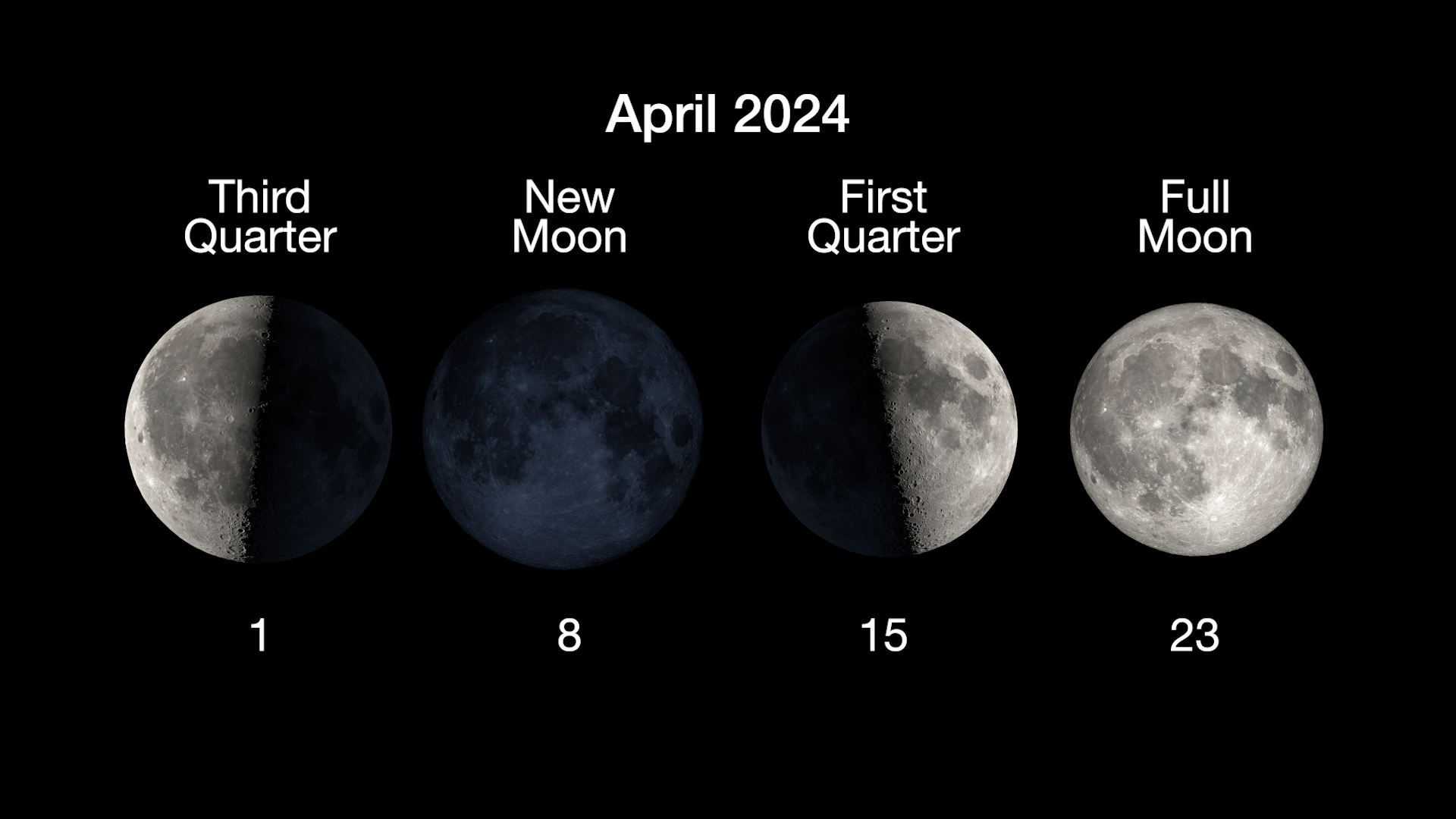
The next full Moon is the Pink Moon, Sprouting Grass Moon, Egg Moon, Fish Moon, the Pesach or Passover Moon
The next full Moon will be Tuesday evening, April 23, 2024, The Moon will appear full for about 3 days around this time, from Monday morning to Thursday morning.

NASA’s LRO Observes 2024 Solar Eclipse Shadow
Editor’s Note, April 16, 2024: This story has been updated to remove an unclear secondary image and caption. As the Moon blotted out the Sun to viewers across the United States during the April 8 solar eclipse, NASA’s Lunar Reconnaissance…
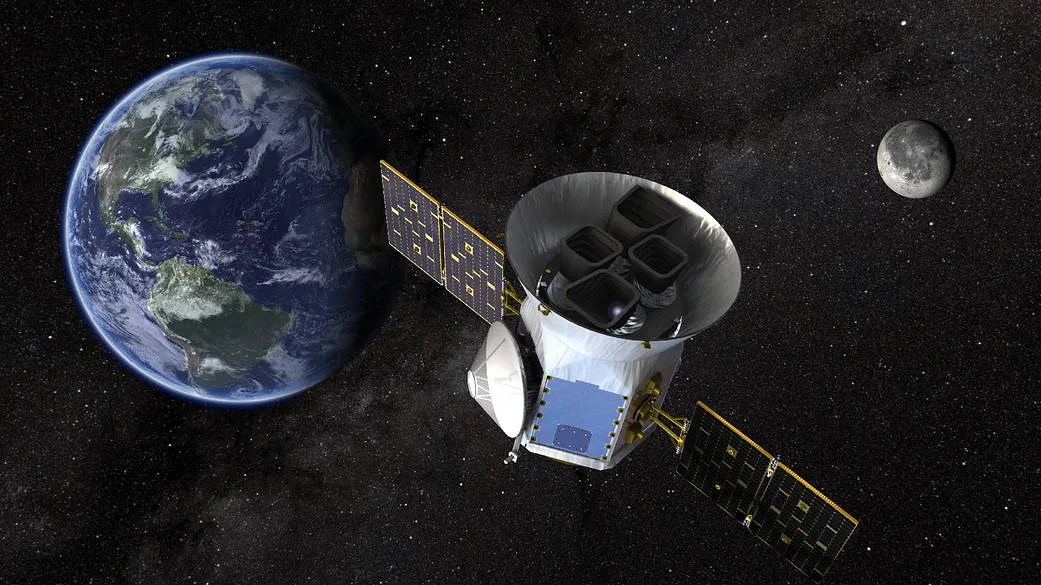
Citizen Science Resources
We continue Citizen Science Month with these ongoing NASA projects! Remember: everybody can participate in science – not just professional scientists. Although it is referred to as citizen science, people from around the globe can participate. In fact, many valuable…
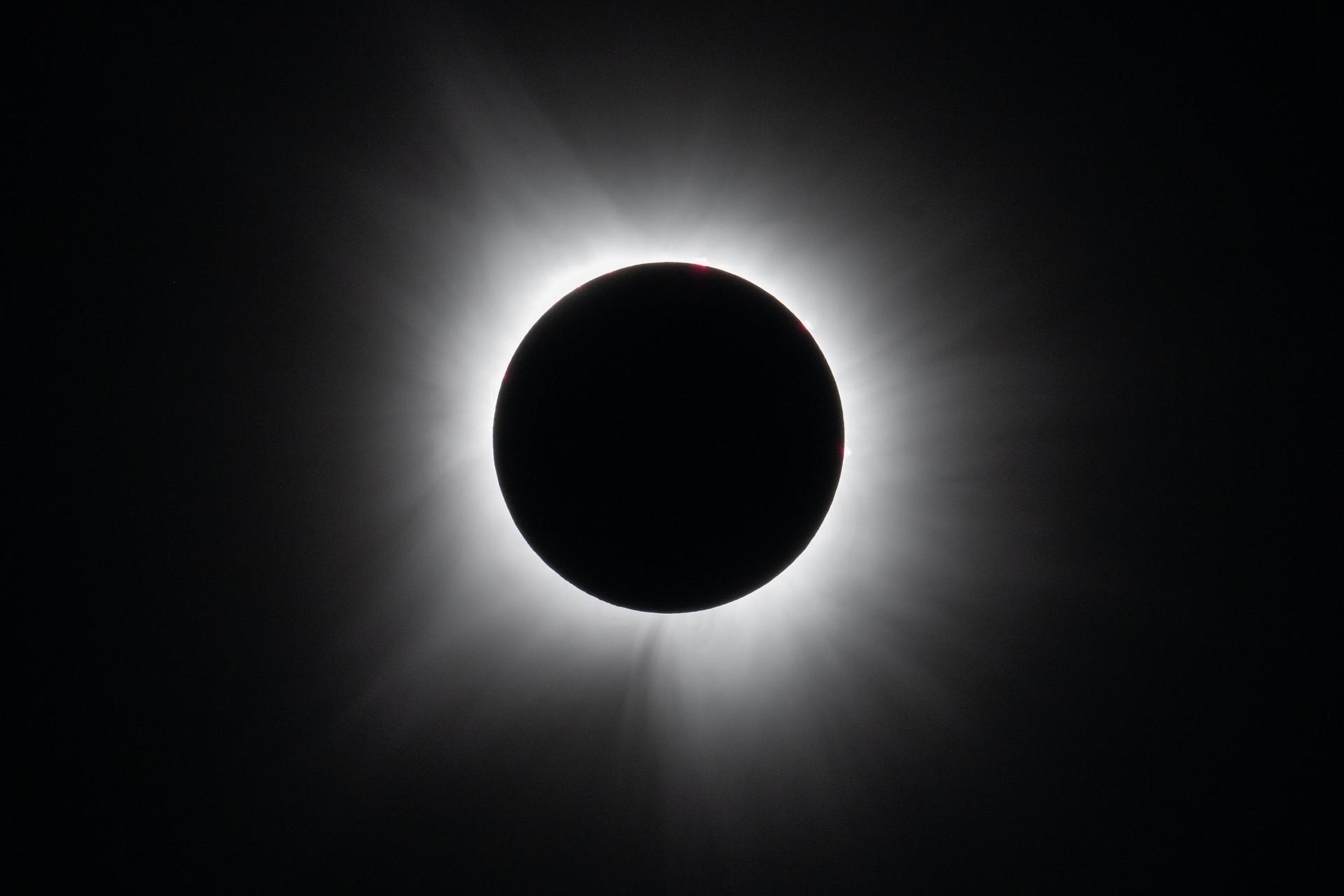
The April 8 Total Solar Eclipse: Through the Eyes of NASA
On April 8, 2024, the Moon’s shadow swept across North America, treating millions to a breathtaking view of a total solar eclipse. As the Moon passed in front of the Sun, it revealed the Sun’s wispy white outer atmosphere —…

More Than 36,000 Volunteers Helped Do NASA Eclipse Science
Thank you for helping us out! Over 36,000 people helped do NASA Science during Monday’s total solar eclipse. Together, these volunteers submitted more than 60,000 vital pieces of eclipse data to NASA science projects. More than 30,000 volunteers with the SunSketcher project…
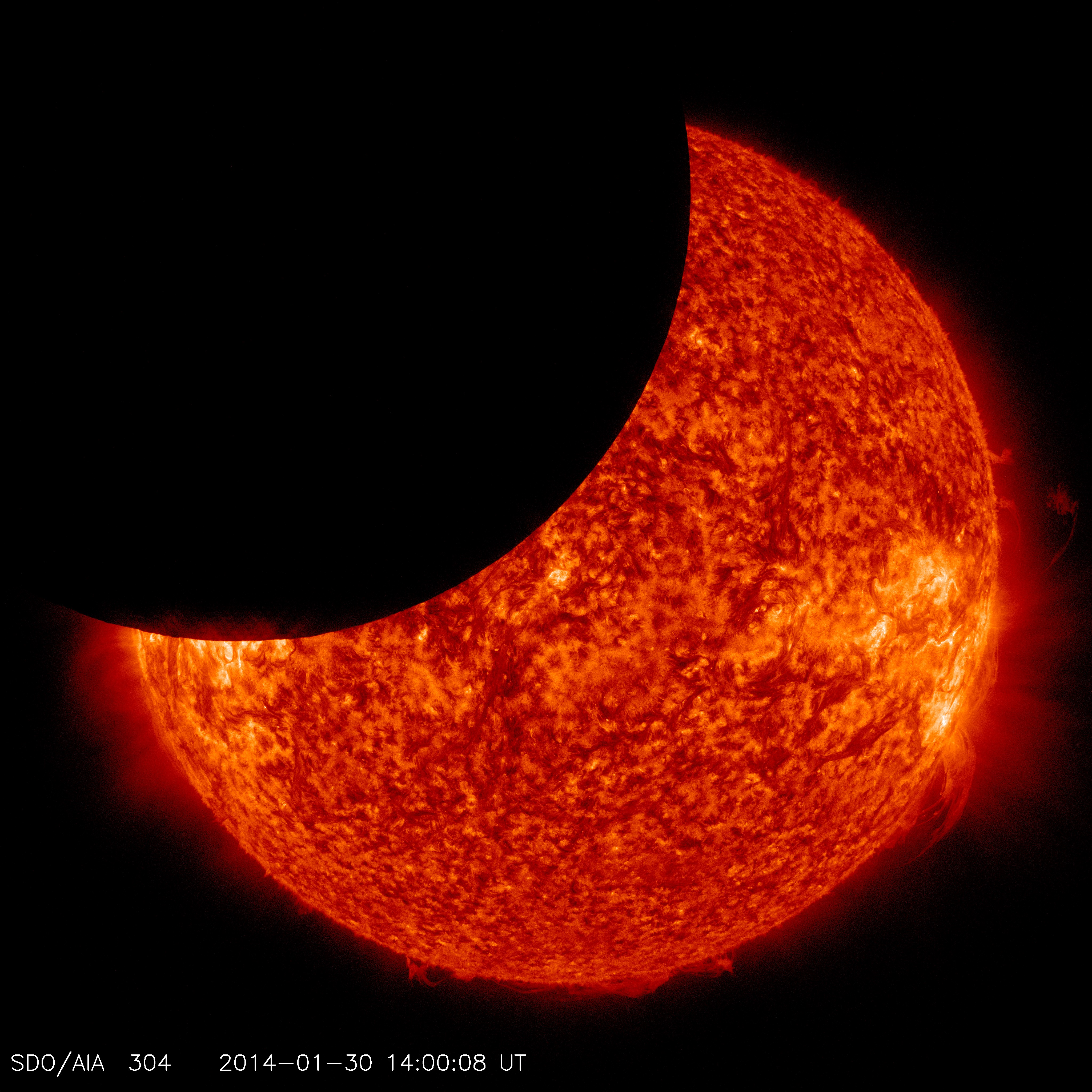
Harnessing the 2024 Eclipse for Ionospheric Discovery with HamSCI
As the total solar eclipse on April 8, 2024, draws closer, a vibrant community of enthusiastic amateur radio operators, known as “hams,” is gearing up for an exciting project with the Ham Radio Science Citizen Investigation (HamSCI) group. Our goal…

Scientists Pursue the Total Solar Eclipse with NASA Jet Planes
The April 8, 2024, total solar eclipse will produce stunning views across North America. While anyone along the eclipse path with a clear sky will see the spectacular event, the best view might be 50,000 feet in the air, aboard…
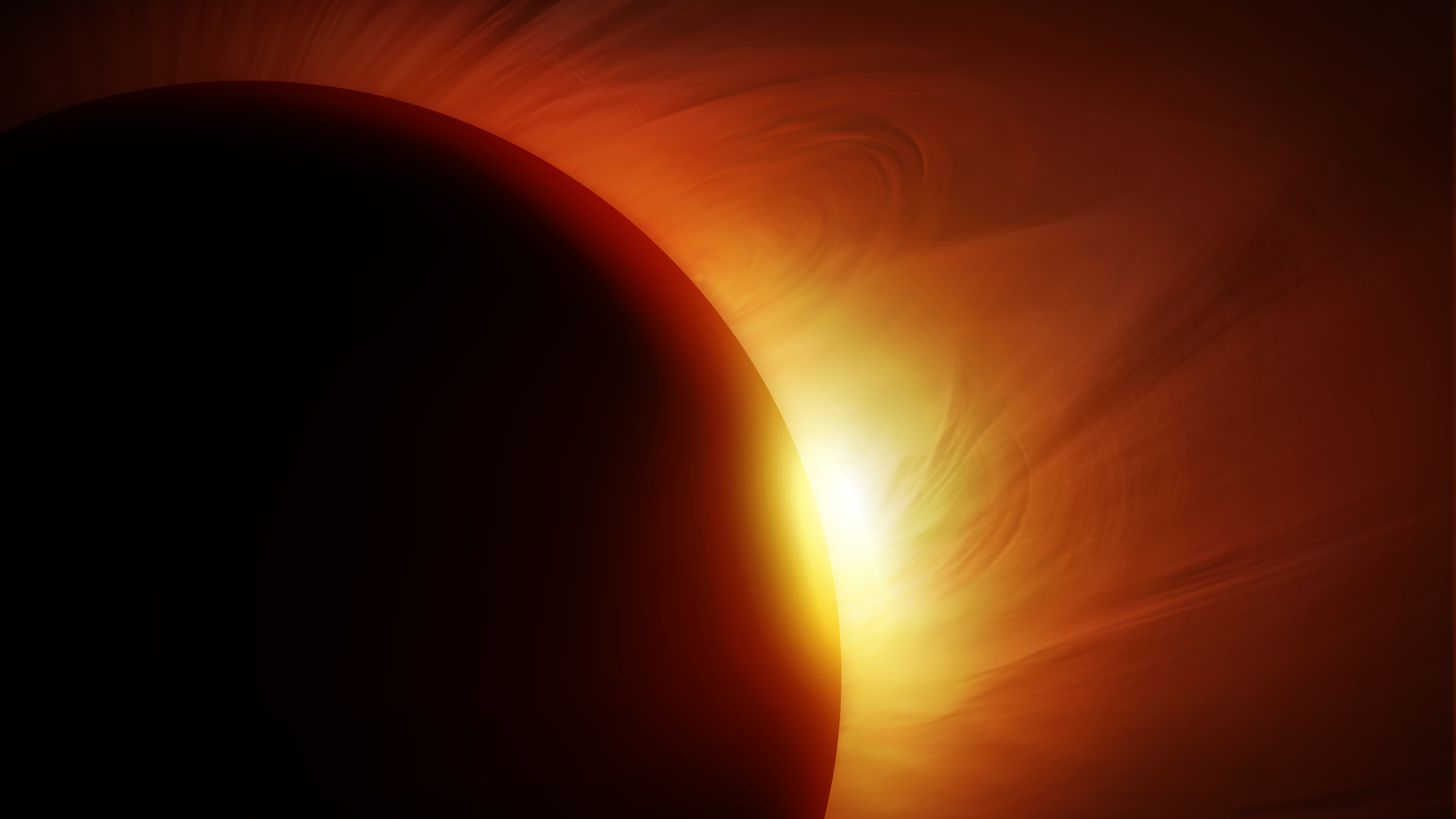
NASA Partnerships Bring 2024 Total Solar Eclipse to Everyone
On Monday, April 8, NASA and its partners will celebrate the wonders of the total solar eclipse as it passes over North America, with the path of totality in the United States, from Kerrville, Texas, to Houlton, Maine.

That Starry Night Sky? It’s Full of Eclipses
Our star, the Sun, on occasion joins forces with the Moon to offer us Earthlings a spectacular solar eclipse – like the one that will be visible to parts of the United States, Mexico, and Canada on April 8. But…
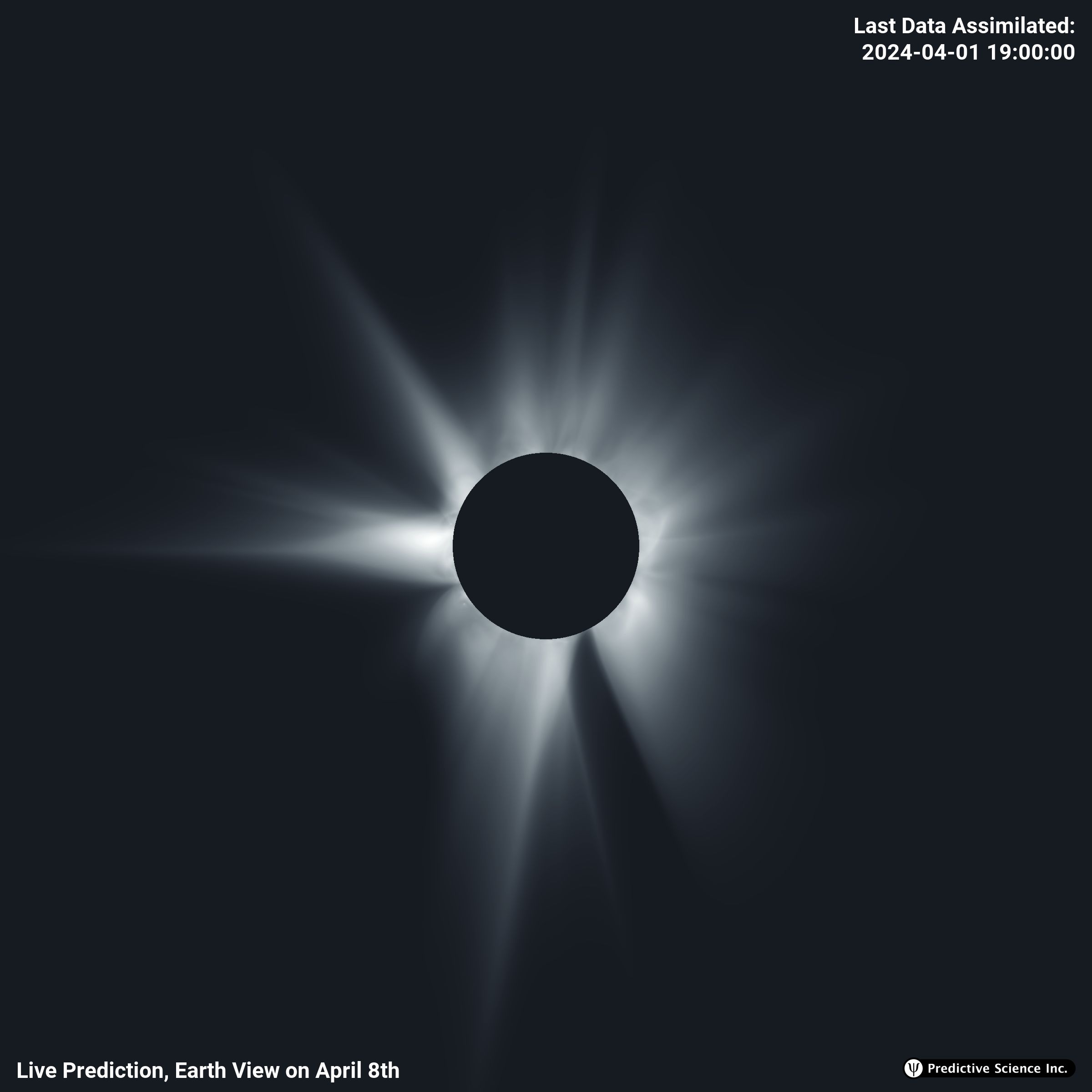
Scientists Use NASA Data to Predict Solar Corona Before Eclipse
Editor’s Note: This story was updated to correctly reference which NASA supercomputer was used. Our Sun, like many stars, is adorned with a crown. It’s called a corona (Latin for “crown” or “wreath”) and consists of long, thread-like strands of…




